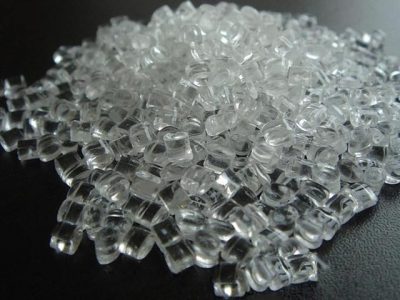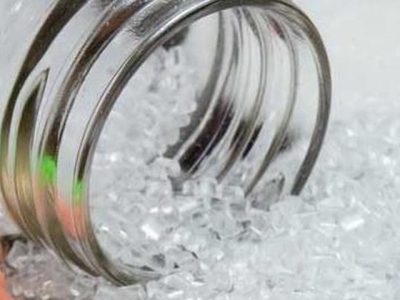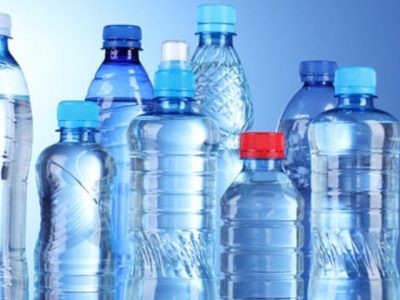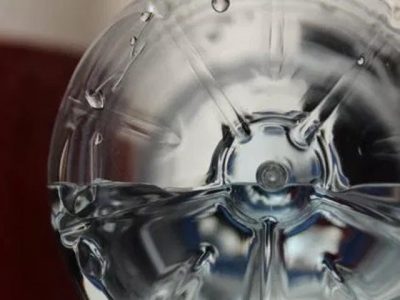Pet… (polyethylene terephthalate)
Properties
| PET (Polyethylene terephthalate) | |
| Class | Application areas |
| BG-732 | Bottle class |
| BG-781 | Bottle class |
| BG-785 | Bottle class |
| BG-821 | Bottle Class (4 liters or more volume) |
| BG-825 | Bottle class |
| TG645 | Textile |
| TG641 | Textile |
The PET consists of repeated (C10H8O4) units and polymerized units of monomers ethylene terephthalates. PET is commonly recycled and has a number 1 as the recycle symbol.
Production
Polyethylene terephthalate is produced from ethylene glycol and dimethyl terephthalate (C6H4 (CO2CH3) 2) or acid. The first is a transesterification reaction, and the latter is an esterification reaction.
Applications
Because pet is an excellent water and moisture barrier material, pet plastic bottles are widely used for soft drinks (see CARBONJUMP) as dual-axis pet directed film (commonly known by a person of commercial names, "Mylar") Aluminum coated can be evaporating to reduce its permeability and make it reflective and opaque (MPET) on thin metal film. These features are useful in many applications, including flexible food packaging and thermal insulation
| BG 781 | BG 785 | ||
| Class | Application areas | Class | Application areas |
| BG 781 | Mineral water-edible oil-small jar | BG 785 | Mineral water, CSD, apet pages |
| BG 821 | TG 641 | ||
| Class | Application areas | Class | Application areas |
| BG 821 | Carbonated water-edible oil-alcoholic beverage-pharmaceutical | TG 641 | Textile filament, fibre, top yarn, micro filaments and industrial yarn |
| BG 825 | |||
| Class | Application areas | ||
| BG 825 | CSD, carbonated water, edible oil, alcoholic Çecek, pharmaceutical, jar, apet sheet, strapping | ||




